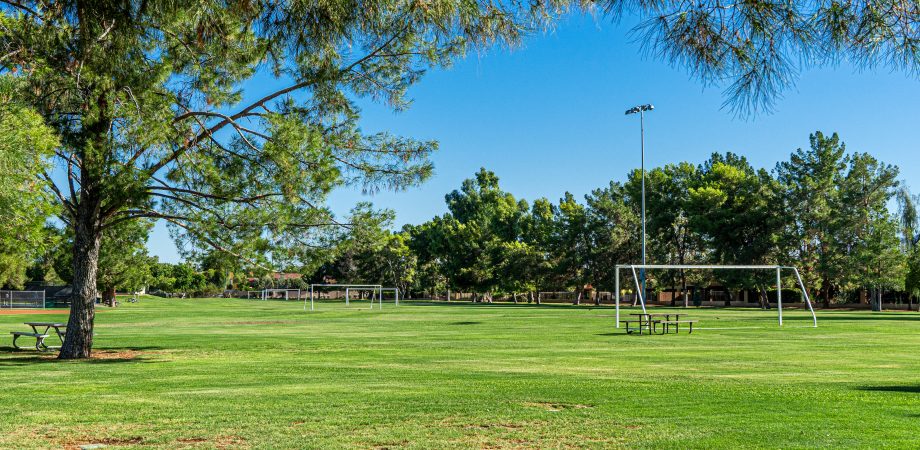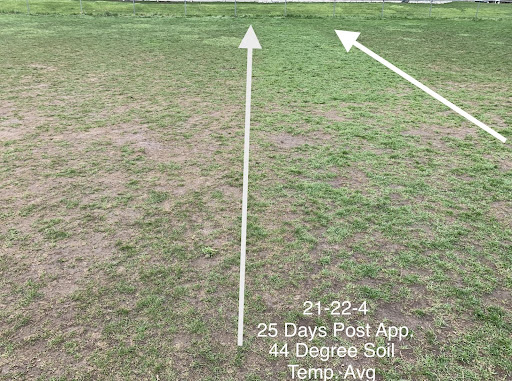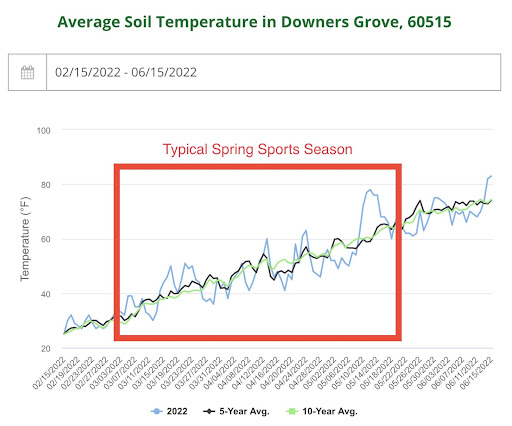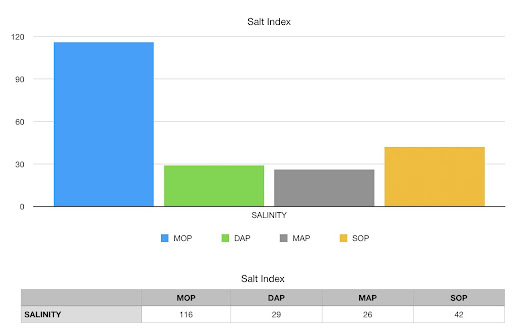Supporting Turfgrass Recovery

It’s been three years now since COVID-19 emerged. The world has changed, particularly the popularity of outdoor activities. Everyone got tired of being trapped inside. Playgrounds, soccer fields, parks, and schoolyards that used to be vacant are now full of non-stop activity. It’s great that people are being healthy and enjoying open-air hobbies again. But turfgrass overuse is very apparent at most of these properties. The other issue our grass faces is that the spring and fall sports seasons do not correlate with the best growing conditions for turf.
In 2022, the Chicago region’s average soil temperature for the spring sports season was in the upper 40s. You can see this trend in the figure below. Even cool-season turfgrass, such as bluegrass and ryegrass, prefer warmer temperatures than the 40s to produce adequate growth. Dr. Richard J. Hull, University of Rhode Island, quoted “temperature to be the single most important environmental factor controlling root growth and their physiological condition in cool-season grasses.”
Because temperature and light are limited at the beginning and end of the year, we must find other ways to push plant growth to recover from traffic. Adding frequent applications (every three to four weeks) of nitrogen, phosphorus, and potassium is a simple solution. Repeat applications work well in early spring and late fall because root uptake is limited in cold soils.
Secondly, having an ammoniacal or ammonium sulfate (AMS) nitrogen source early in the season will add recovery compared to that of urea-based nitrogen fertilizer. Ammoniacal and AMS nitrogen release is not dependent on the temperature. Urea has been an incredible discovery in horticulture since its synthesis in 1828, as it is a low-use rate, cost-effective solution for warm soils. But when the soil is cold, AMS will be more available compared to urea.
Finally, if there is only one thing you remember from this brief article, it’s that turfgrass does not like salt. Have you ever noticed after winter how the grass around the edges of the sidewalk is bronzed? It’s because there was an overabundance of salt present. Any fertilizer, in essence, is a salt. It pulls water away from the plant and makes every nutrient in the soil less available. If we want nitrogen, phosphorus, and potassium to be taken up as efficiently as possible, then we need to ensure we are using premium ingredients. The point is that reducing salt in our fertilizer is the best way to do this.
Below is a quick reference chart to show the difference in phosphorus and potassium salinity (The lower the salinity number, the better for turf).
One of the best products that has come to market in recent years is Lebanon 21-22-4 with mesotrione. The photo below shows this specific product working in April of 2022 at a school district soccer goalmouth. It checks every box to aid the grass in recovering: high-end monoammonium phosphorus, sulfate of potash, ammonical nitrogen, and pre/post-emergent herbicide that can be used during seeding. It truly has changed our turf market.

Craig Shepherd
Sales Representative









